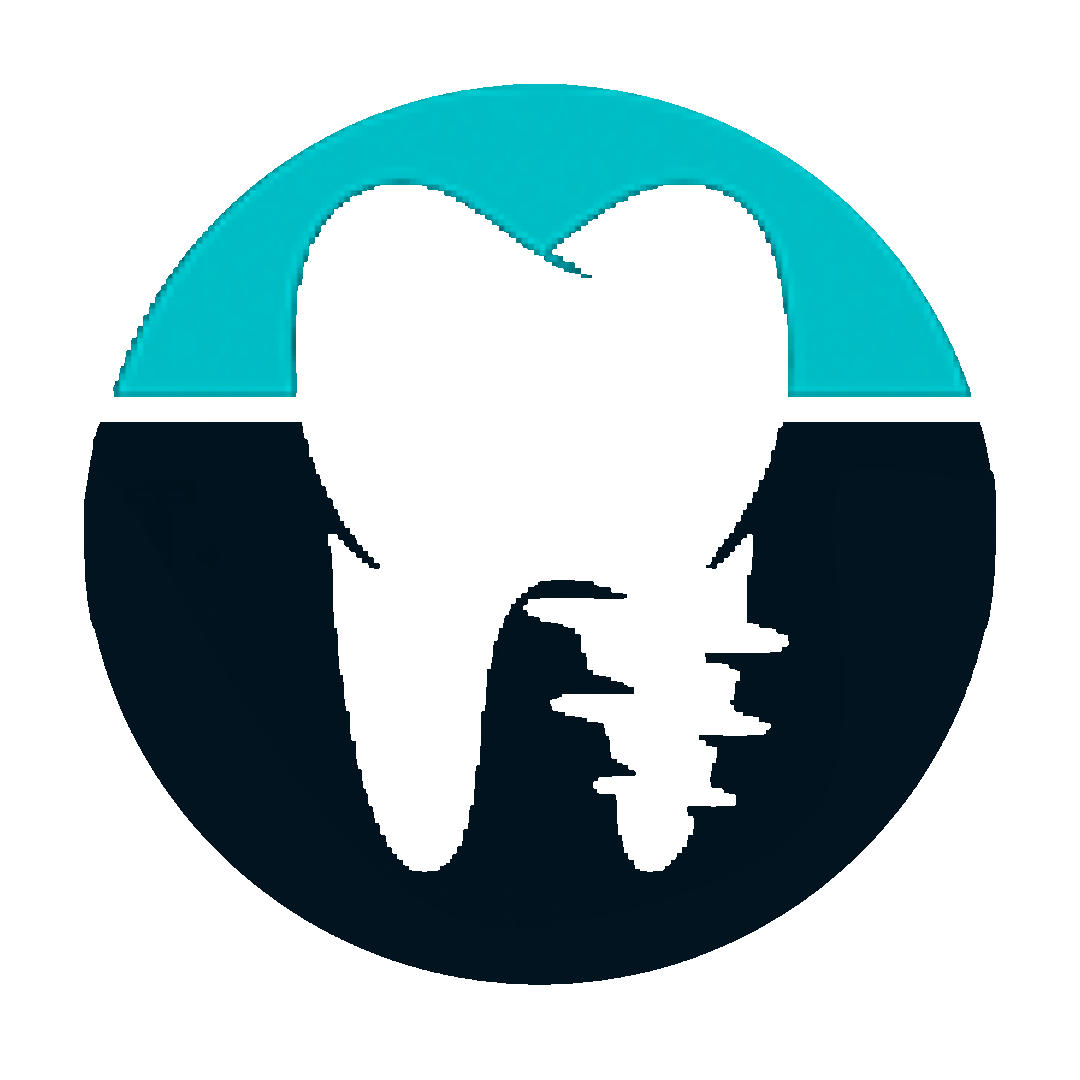Tooth decay, also known as dental caries, is caused by bacteria that eat away at the outer protective layer (enamel) of a tooth. Baby teeth are important. If your kid’s teeth are l ost too
early, the teeth that are left may move and not leave any room for adult teeth to come in. Also, if tooth decay is not prevented, it can be expensive to treat, cause pain, and lead to life -threatening infections.
The best way to prevent tooth decay in children is to maintain good oral health and nutrition! Ideally, children should brush their teeth at least twice a day and eat a healthy, balanced diet to prevent tooth decay. Tooth decay is also called breastfeeding decay or baby bottle decay. Healthy dental habits should start early because tooth decay can develop as soon as the first tooth erupts.
Causes of Tooth Decay in Kids:
Tooth decay grows when kid’s mouth is infected by acid-producing bacteria. It also happens when a child’s teeth and gums are exposed to any fluids or food other than water for long or
frequent periods of the day. Natural or added sugars in liquid or food are converted into acid bybacteria in the mouth. This acid then dissolves the outside of the teeth, causing tooth decay. This happens most often when parents bring their children to bed with a bottle of baby food, milk, juice (even mixed with water), soft drinks (soda, pop), sugar water, or sugared drinks. It can also occur when children are regularly allowed to drink anything other than water from a drinking cup or bottle during the day or night.
Signs of Tooth Decay in Kids:
Tooth decay may initially appear as white spots on the gum line on the upper front teeth. These spots are difficult to see at first even for a child’s doctor or dentist without proper equipment. Achild with tooth decay needs to be examined and treated early to stop the spread of tooth decay and prevent further damage. The symptoms are:
Dull, white band on the tooth surface closest to the gum line.
Yellow, brown, or black band on the tooth surface closest to the gum line (this indicates progressed decay)
Teeth that look like brownish-black stumps (this indicates advanced decay)
How to Prevent Tooth Decay in Children:
Teach your child to brush and Floss Daily: Clean your baby’s gums with a soft cloth or gauze pad to remove plaque before the first teeth appear. When your baby’s first teeth appear, brush
them with a soft toothbrush. For children aged under 3 to 6, they can use a pea -sized amount. Begin flossing your child’s teeth as they have teeth touching each other. For more information,
see Brushing and Flossing Your Baby’s Teeth.
Take Proper care of your teeth and gums:
Saliva contains bacteria that cause tooth decay. Keep your teeth and mouth healthy to reduce the risk of passing these bacteria on to your baby. Do not share spoons or other utensils with your
child. Also, do not “brush” your baby’s pacifier with your mouth.
Avoid prolonged contact with sugars in formula and breast milk: Remove the bottle from your child’s mouth earlier than the baby falls asleep. This practice helps prevent bacteria in the mouth from producing acids that cause bottle tooth decay. Also, clean your kid’s teeth after feeding, mainly at night.
Be smart with juices:
Juices are not part of a healthy diet. Compared to fruit, fruit juice does not have the helpful fiber; it usually has more calories and is absorbed differently. Unless the label says a fruit drink is 100% juice, be aware that many fruit drinks only contain water, a little juice flavoring, and a lot of added sugar. . If you have to give juice, water it.
Introduce drinking cups at 12 months of age or earlier:
At this age, frequent bottle-feeding, especially juice or other high-sugar liquids, increases the risk of a child developing tooth decay. At night time you should fill the bottle with plain water. Offer your child an empty cup to play with during the day.
Provide your children with healthy foods:
Give your children nutritious foods and combine them in ways that help decrease the risk of tooth decay. For example, offer meals that include whole grains, vegetables, and fruits, and other
cheeses, yogurt, and milk are good for your teeth and are great after-meal snacks. They help rid the mouth of harmful sugars and protect against plaque. Make an effort to rinse or brush your child’s teeth after he or she has eaten foods rich in sugar, particularly sweet and sticky foods like raisins.
Limit Sweets or sticky foods:
Your child eats, for example, candy, cookies, fruit rolls, or cookies. Sugar is also f ound in foods like crackers and chips. These foods are especially harmful if your child is eating a lot of them. They should only be eaten with meals. Teach your child to use the tongue to immediately clean food from the teeth.
Regular Dental Check-Ups:
Tooth decay can be prevented. Talk to your child’s doctor or dentist if you notice any signs of tooth decay on your child’s teeth or if you have any questions about your child’s teeth. With
proper care, your child can grow healthy teeth and smile for a lif etime.If you are looking for a dentist for your children, we would love to meet you! At Narrogin Dental,we only want the best for your child’s health and well-being! We want you and your child to have the information they need to keep your child’s smile in the healthiest condition he is. Contact us
today or request an appointment with us.
 Welcome to Narrogin Dental Group
Welcome to Narrogin Dental Group
